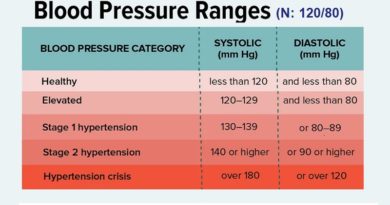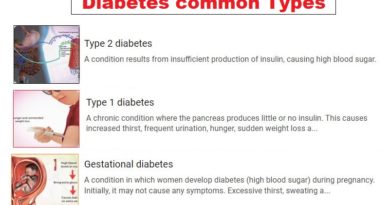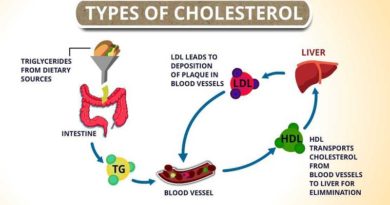Retinal Diseases: Types, Causes, and Symptoms
Our eyes are the windows to the world, allowing us to perceive its beauty and navigate through everyday life. However, there are certain conditions that can impact the delicate structures within our eyes, compromising our ability to see clearly. One such group of conditions is known as retinal diseases, affecting the retina—the essential part of the eye responsible for converting light into signals for the brain. In this article, we will explore what retinal diseases are, their causes, common types, symptoms, and available treatment options. So, let’s embark on a journey to better comprehend the intricacies of the retinal landscape.
The Retina
Before delving into retinal diseases, it is important to grasp the significance of the retina. Situated at the back of the eye, the retina consists of specialized cells called photoreceptors, which capture light and transform it into electrical signals. These signals are then sent to the brain through the optic nerve, allowing us to perceive the visual world around us.
What Are Retinal Diseases?
Retinal diseases encompass a wide range of conditions that primarily affect the retina, causing visual impairment or even vision loss. These diseases can affect people of all ages, from infants to the elderly, and they can be either hereditary or acquired due to various factors.
Common Types of Retinal Diseases
- Age-related Macular Degeneration (AMD): Age-related macular degeneration is the leading cause of vision loss among older adults. It affects the macula, a small area in the center of the retina responsible for sharp, central vision. AMD can manifest as dry or wet forms, with symptoms including blurred vision, dark spots, and difficulty recognizing faces.
- Diabetic Retinopathy: Diabetic retinopathy is a complication of diabetes that affects the blood vessels in the retina. High blood sugar levels can damage these blood vessels, leading to vision problems. Symptoms may include floaters, blurred vision, and even total vision loss if left untreated.
- Retinal Detachment: Retinal detachment occurs when the retina peels away from the underlying tissue. This condition is considered a medical emergency as it can result in permanent vision loss if not promptly treated. Symptoms include sudden flashes of light, a curtain-like shadow over the field of vision, and the appearance of floaters.
- Retinitis Pigmentosa (RP): Retinitis pigmentosa is a group of inherited disorders that cause a gradual decline in vision. It affects the photoreceptor cells in the retina, leading to a loss of peripheral vision and night blindness. Over time, central vision may also be affected.
Causes and Risk Factors
Retinal diseases can arise from a variety of causes and risk factors, including:
- Genetic mutations: Inherited genetic mutations can predispose individuals to retinal diseases such as retinitis pigmentosa.
- Age and family history: Advanced age and a family history of retinal diseases, such as AMD, increase the risk of developing these conditions.
- Systemic diseases: Conditions like diabetes and hypertension can contribute to the development of diabetic retinopathy and hypertensive retinopathy, respectively.
Symptoms
Symptoms of retinal diseases can vary depending on the specific condition. Some common signs to watch out for include:
- Blurred or distorted vision
- Dark spots or floaters
- Difficulty seeing in low light conditions
- Loss of peripheral vision
- Sudden flashes of light or photopsia
- Partial or complete loss of vision
VI. Treatment Options
Treatment for retinal diseases depends on the underlying condition and its severity. Some common treatment approaches include:
- Medications: In certain cases, medications can be prescribed to slow down the progression of retinal diseases, such as intravitreal injections for wet AMD.
- Laser therapy: Laser treatments can be used to seal leaky blood vessels or create tiny burns to stabilize retinal detachment.
- Surgical procedures: Retinal detachment often requires surgical intervention to reattach the retina to the back of the eye.
- Gene therapy: Ongoing research is exploring the potential of gene therapy to treat certain genetic retinal diseases, aiming to replace or repair faulty genes.
Conclusion
Retinal diseases can significantly impact one’s quality of life and ability to perceive the world. Understanding these conditions, their causes, symptoms, and available treatments is crucial in effectively managing and seeking appropriate care. Through advancements in medical research and technology, we can continue to explore new treatment options and strive to provide a brighter future for individuals affected by retinal diseases. Remember, regular eye examinations and early intervention play a vital role in preserving vision and preventing further complications. So, let us cherish the gift of sight and take proactive steps to protect our precious windows to the world.
If you suspect that you may have symptoms, Helalmedical can help, offering quick, private, and convenient testing options. You may contact us here: Facebook page.




